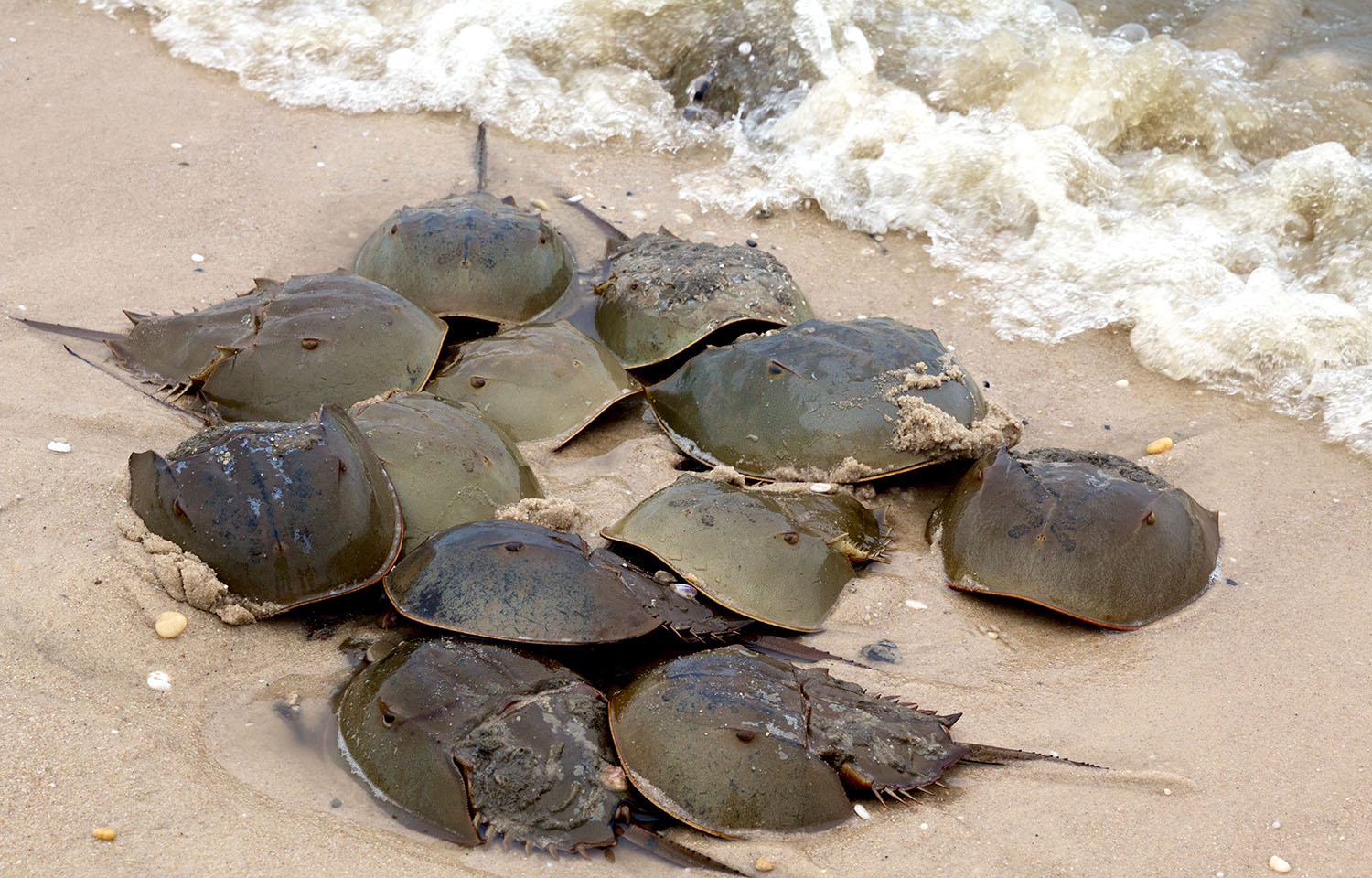The U.S. Pharmacopeia (USP) has developed new standards that accept the use of synthetic replacements for horseshoe crab blood, and environmental groups are celebrating the decision as a win for conservation.
The blue-colored blood of horseshoe crabs has been harvested for biomedical purposes ever since scientists discovered, in the 1960s, their blood would clot when exposed to various bacterial toxins. The unique properties of the blood made it invaluable for biomedical testing, and it has been used in thousands of different medical applications.
Its use in the medical industry, and the difficulty of harvesting it, has inflated demand for the blood, which can be worth as much as USD 60,000 (EUR 55,500) per gallon – creating a lucrative industry for harvesting and bleeding the crabs.
The high demand for horseshoe crab blood has caused disputes over access to harvesting the species, with environmental groups fighting and, in some cases, launching lawsuits seeking increased protections for horseshoe crabs during times when they spawn. Groups have been critical of a relative lack of consistent regulations, which sometimes allow companies to keep crabs in holding pens with little oversight.
The push for increased conservation measures gained an indirect win from the USP’s Microbiology Expert Committee, with its endorsement of new standards for bacterial reagents that now permit the use of non-animal-derived reagents for endotoxin testing. The USP has been expressly recognized by the U.S. Federal Food, Drug, and Cosmetic Act for its quality standards for medicines, and its standards are binding for dietary supplement manufacturers.
“Endotoxin testing is a critical step in ensuring the quality and safety of many sterile pharmaceutical products,” USP said. The latest inclusion of new rules in Chapter 86 of the USP National Formulary will be published for early adoption in November 2024 and will become official in May 2025.
Inclusion in the chapter will ...








